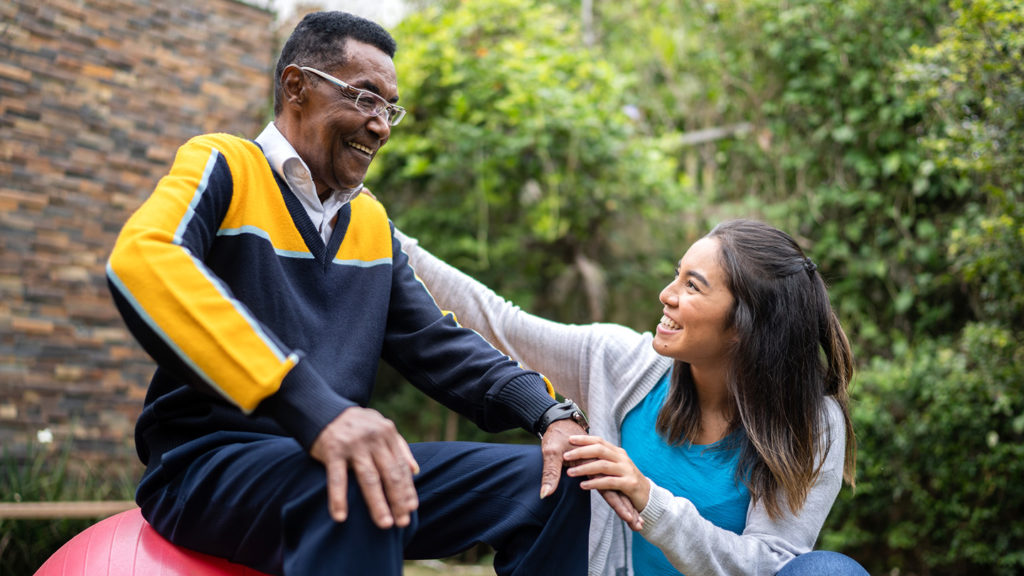
Shakira wrote that “hips don’t lie” and, unfortunately, older adults’ sore, stiff hips often shout the truth about the natural digression of fitness and mobility that can come with aging.
Recent research on a “hip-assist” robotic device, which goes around a user’s waist, could help users improve stride and balance to regain a healthy fitness level, however.
Mobility issues can affect an older adult’s quality of life in and of themselves but also lead to dangerous secondary effects such increasing the risk of falling.
Although many recent wearable robotic tools aimed at older adults are meant to deal with specific conditions such as Parkinson’s disease, the hip-assist robot appears to be more broadly for people with even mild mobility concerns.
“Aging is closely related to the loss of muscle mass, and a significant reduction occurs, especially in the lower limbs, which can lead to physical dysfunction,” the study authors wrote. “Technological development of [daily assistance robots] has been actively conducted as a concept of health management and assistance in daily life.”
The wearable robotic device, developed by scientists in Korea along with Samsung Electronics, fits around a user’s waist and, depending on the exercise, can use both resistance and assistance to help users. The robot also is programmed for specific tailored workouts, study authors noted.
Over the course of a four-week exercise program, study participants were able to shed body fat, increase their stride length by 12% and “significantly” improve pelvic movement, the study showed.
Although the short timeline of the program was not enough to significantly build muscle strength, users still made noticeable gait and balance improvements, the researchers noted.
Samsung has not clarified when the EX1 robot will be commercially available, but previous reports indicate that the company was hoping to have released the robot in 2023. Although that window has passed, presumably the study provides a meaningful checkpoint for validating its use.
Another recent tool that addresses older adults’ balance is a smartphone app that monitors body sway and also includes fitness recommendations, McKnight’s reported Wednesday.


